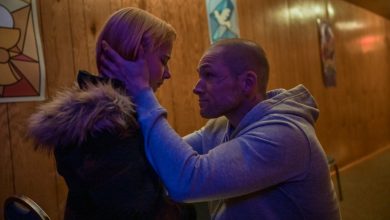Arcane Season 2: A Bold and Emotional Finale

After a long-awaited return, Arcane Season 2 finally arrives, delivering a thrilling and emotional continuation to the Emmy-winning animated series. The extended wait, influenced by delays during the COVID-19 pandemic, was justified by the show’s meticulous animation and emotionally driven storytelling. According to showrunner Christian Linke, the creative team aimed to explore new extremes in this final season while staying true to the core of the characters.
A Story Driven by Sibling Bonds
At the heart of Arcane is the complicated relationship between sisters Vi (Hailee Steinfeld) and Jinx (Ella Purnell). Season 2 opens with the two on opposing sides of a growing conflict in their technologically advanced society. While other character arcs continue to develop around them, Linke emphasizes that the emotional journey of Vi and Jinx remains central to the show’s narrative.
Linke also highlights the brotherhood between Viktor and Jayce, whose diverging visions for Hextech technology reflect the moral and philosophical dilemmas at the center of Arcane. Jayce dreams of a utopian future, while Viktor sees technological advancement as a way to heal broken people—physically and spiritually.
Why These Characters?
Despite League of Legends not being traditionally known for deep storytelling, the creators of Arcane saw great potential in these characters. Vi and Jinx, in particular, stood out due to their attitude and originality. Their complex history raised compelling questions about trauma, loyalty, and transformation—topics that resonated deeply even beyond the gaming community.
Jayce and Viktor’s collaboration also offered a nuanced narrative: two individuals working toward a shared goal from vastly different perspectives, ultimately shaped by the harsh reality of power and ambition.
Making It Accessible for All Viewers
For audiences unfamiliar with the League of Legends universe, accessibility was key. Linke explains that universal emotional themes—such as trauma, identity, and reconciliation—made the series relatable. Meanwhile, character abilities and combat styles were faithfully adapted from the game. For example, Vi’s aggressive combat style reflects her in-game role as a frontline fighter, while Jinx prefers to keep her distance and unleash chaos from afar.
See More ...
These game mechanics were seamlessly translated into the show, respecting the expectations of dedicated players while ensuring clarity for newcomers.
Bold Artistic Evolution in Season 2
While Season 1 proved that the Arcane concept could succeed, Season 2 embraced even greater artistic risks. The animation team pushed boundaries with more abstract and surreal elements—particularly in Viktor’s storyline. Scenes involving Warwick even veered into psychological horror, highlighting the show’s bold approach to genre-blending.
With its visually stunning direction and emotionally resonant plot, Arcane Season 2 not only builds on its predecessor’s success but cements its legacy as a landmark in animated storytelling.




